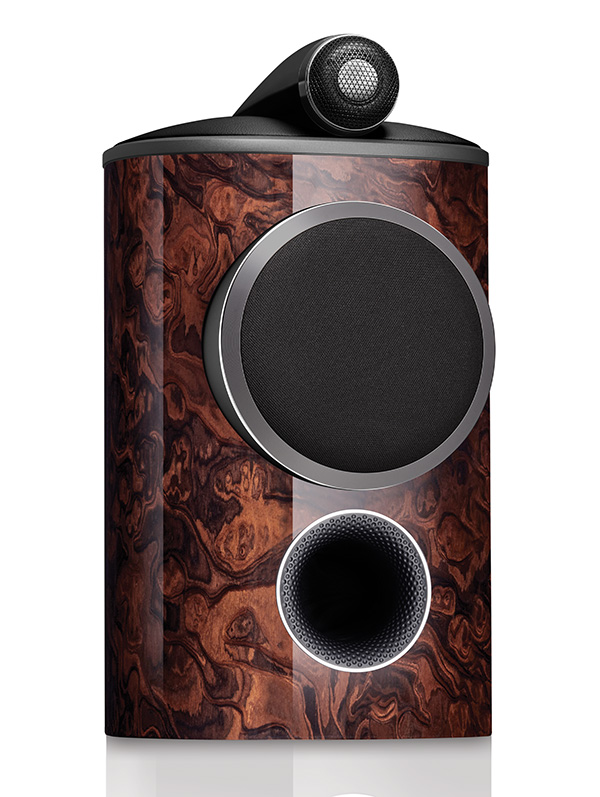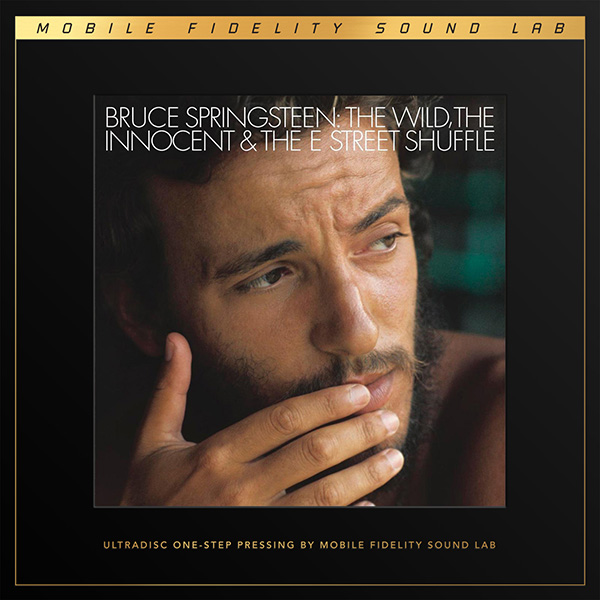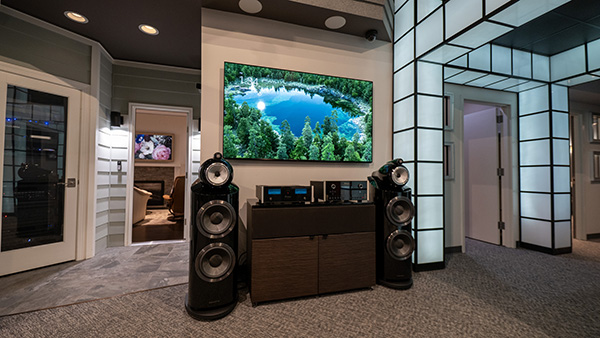Bowers & Wilkins 805 D4 Signature loudspeaker Associated Equipment
Bowers & Wilkins 805 D4 Signature loudspeaker Associated Equipment
- Read more about Bowers & Wilkins 805 D4 Signature loudspeaker Associated Equipment
- Log in or register to post comments




